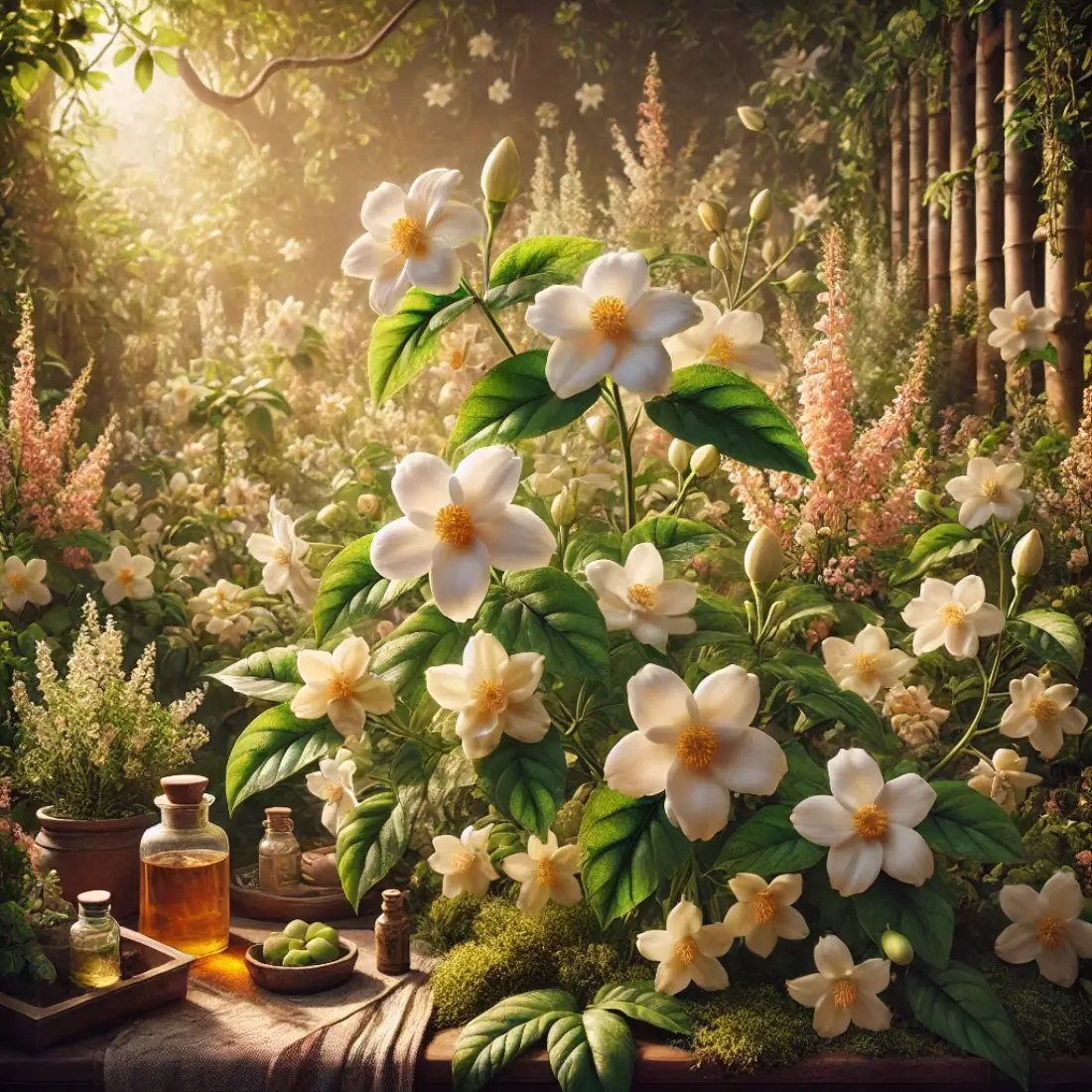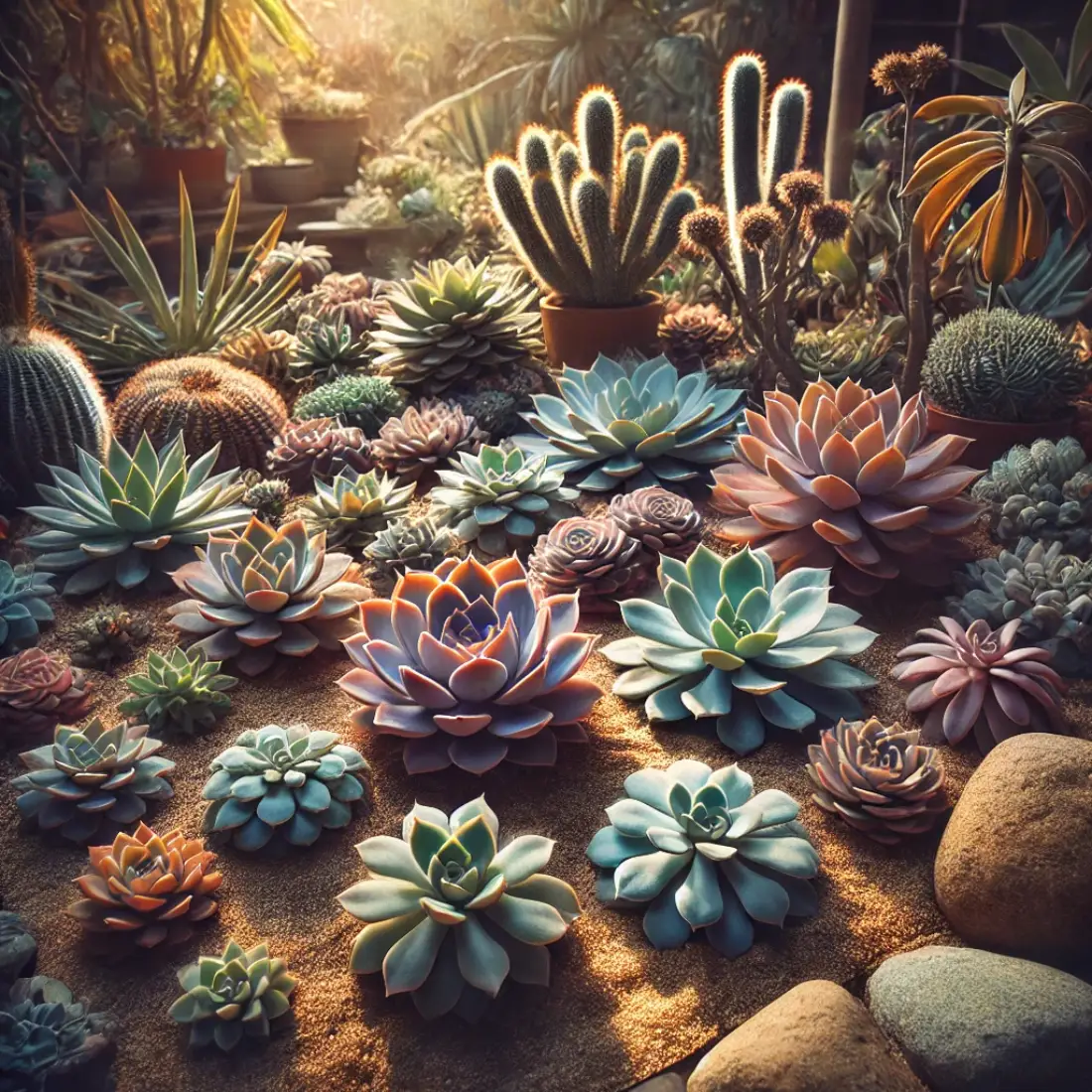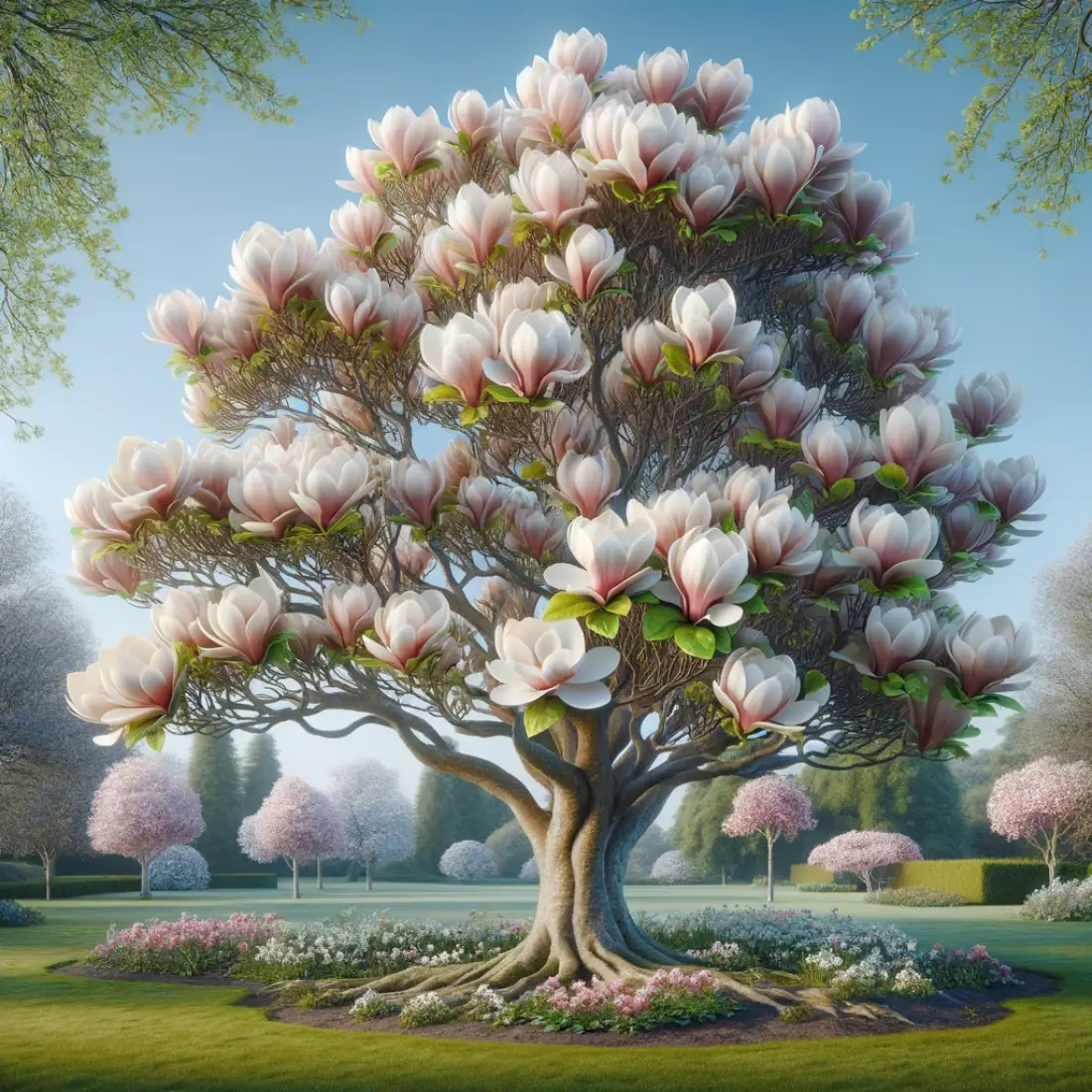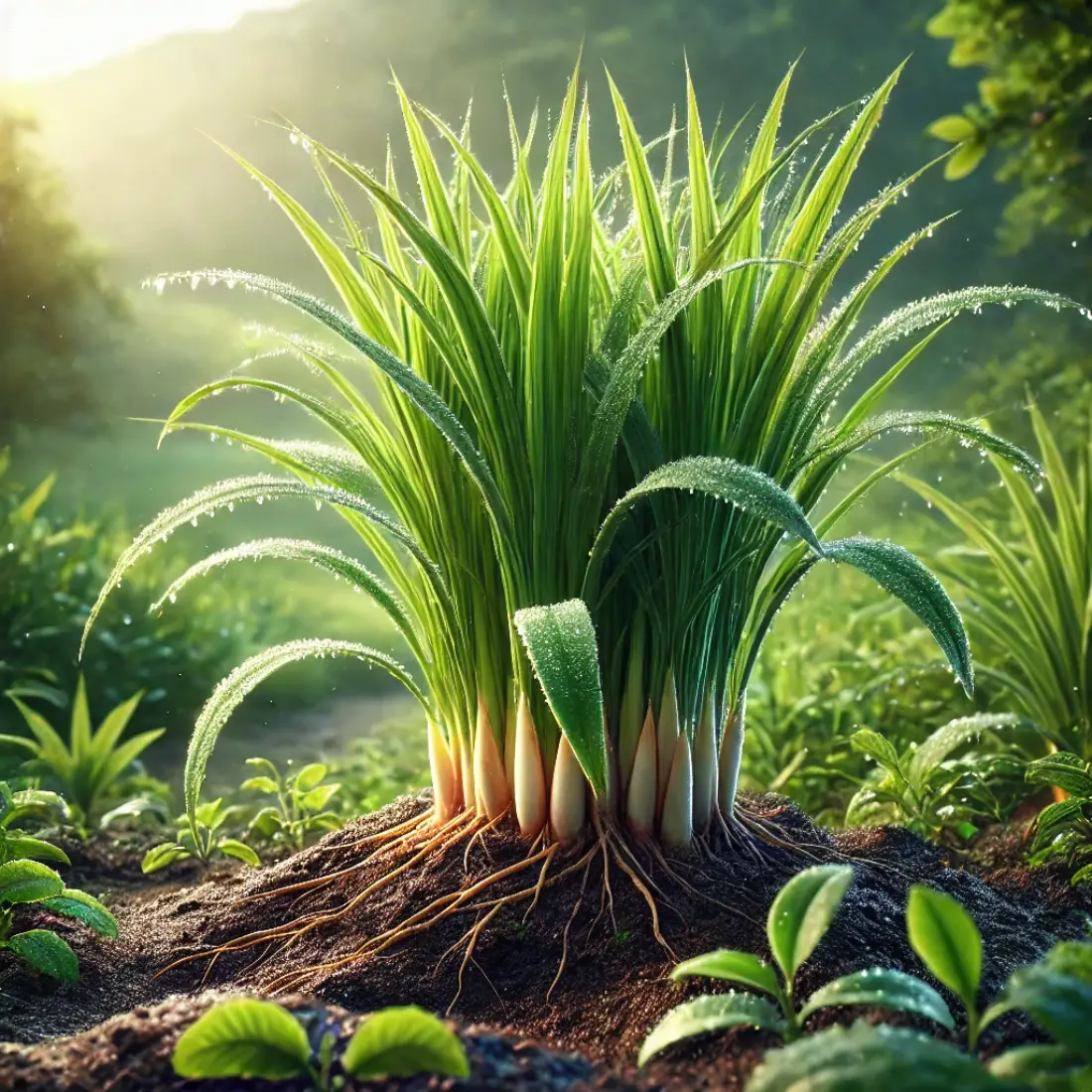Jasmine is a genus of shrubs and vines in the olive family (Oleaceae), with around 200 species. Native to tropical and subtropical regions, jasmine is known for its fragrant white, yellow, or pink star-shaped flowers. Historically, it’s been prized for its aromatic qualities, used in perfumes, aromatherapy, and traditional medicine.
Jasmine is popular in gardens, thriving in well-drained soil with full sun to partial shade. It can be grown on trellises, arbors, or as ground cover. Additionally, jasmine tea is made by infusing tea leaves with jasmine blossoms, adding a delicate floral flavor. Jasmine’s beauty and fragrance make it a cherished plant worldwide.
- Jasmine varieties are diverse and offer beautiful flowers.
- Ideal growing conditions include well-drained soil and full sun.
- Regular watering and pruning are essential for healthy growth.
- Jasmine can be grown both indoors and outdoors.
- Pests and diseases should be managed promptly.
Popular Varieties of Jasmine
Common Jasmine (Jasminum officinale): Also known as poet’s jasmine, this variety is one of the most widely grown and recognized. It features small, star-shaped white flowers with a powerful, sweet fragrance. Common jasmine is a vigorous climber, making it ideal for covering walls, trellises, and arbors. It blooms in summer and fall, thriving in full sun to partial shade.
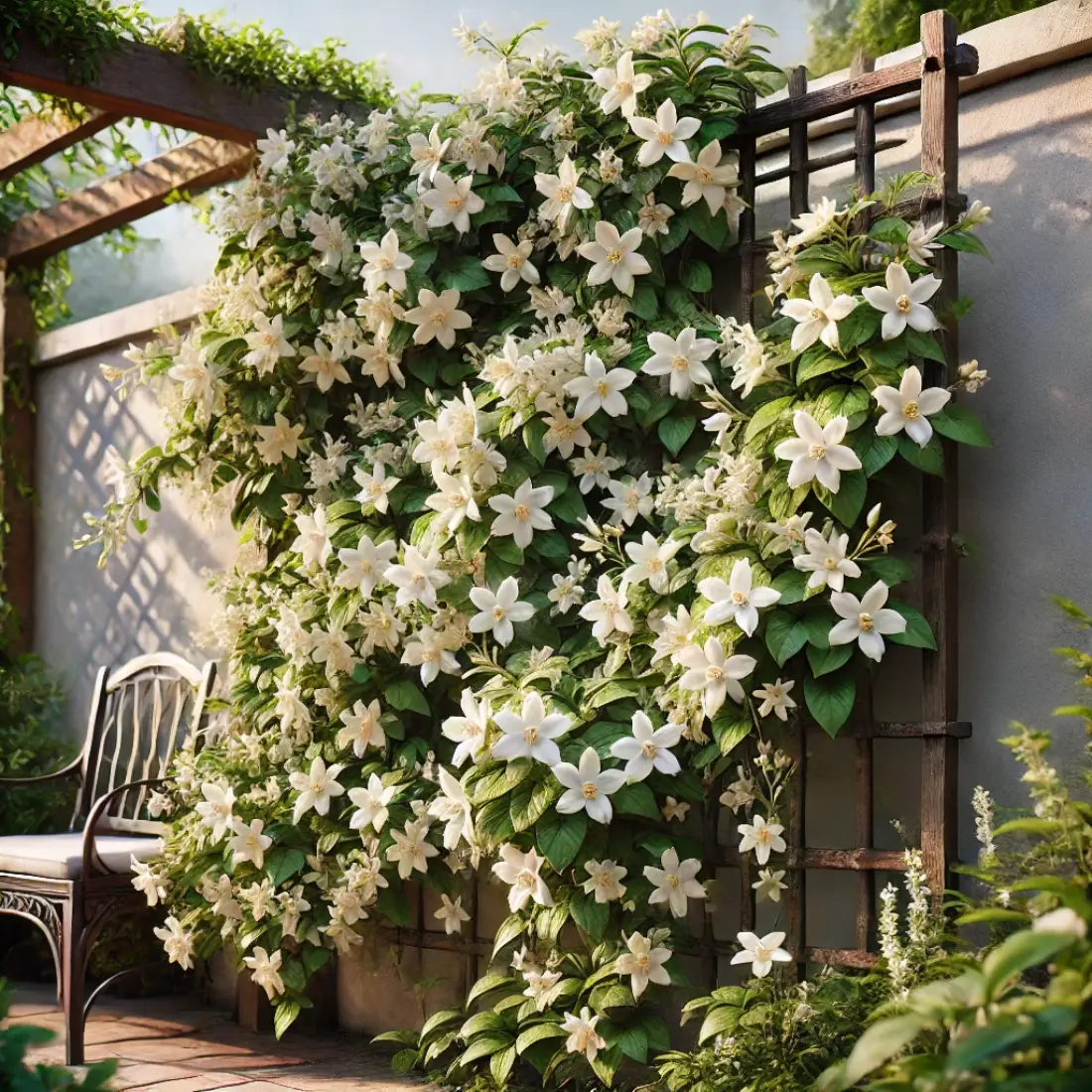
Arabian Jasmine (Jasminum sambac): Known for its intensely fragrant flowers, Arabian jasmine is a popular choice for making leis in Hawaii and garlands in India. The flowers are often used to flavor jasmine tea and perfumes. This evergreen shrub or vine produces small, white, waxy flowers throughout the year in warm climates. It prefers full sun and well-drained soil.
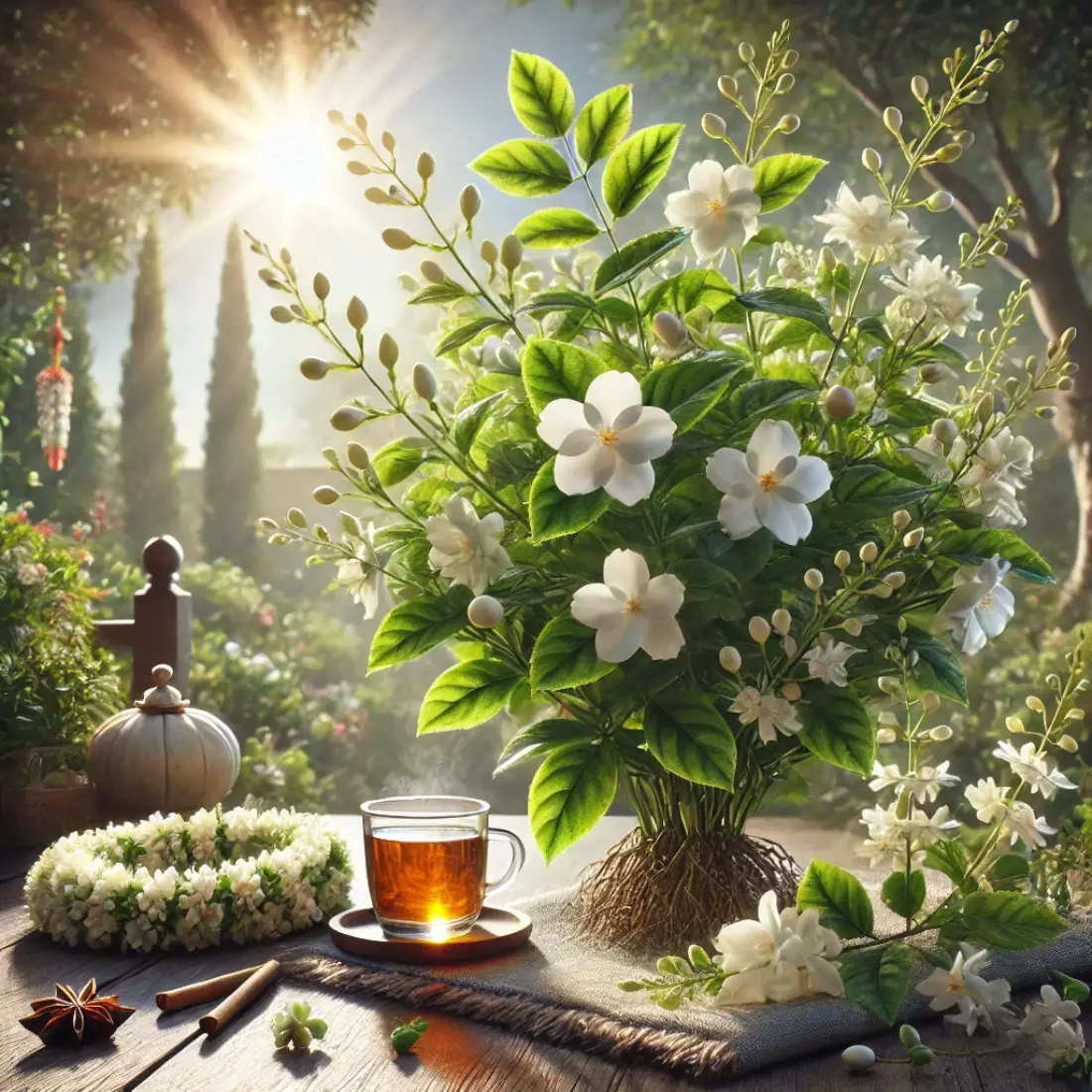
Spanish Jasmine (Jasminum grandiflorum): This variety, also called royal jasmine, is valued for its large, white blooms and delightful fragrance. It is widely cultivated for the production of jasmine oil, which is used in perfumery. Spanish jasmine is a semi-evergreen vine that blooms from summer to fall. It thrives in full sun and can tolerate a variety of soil types as long as they are well-drained.
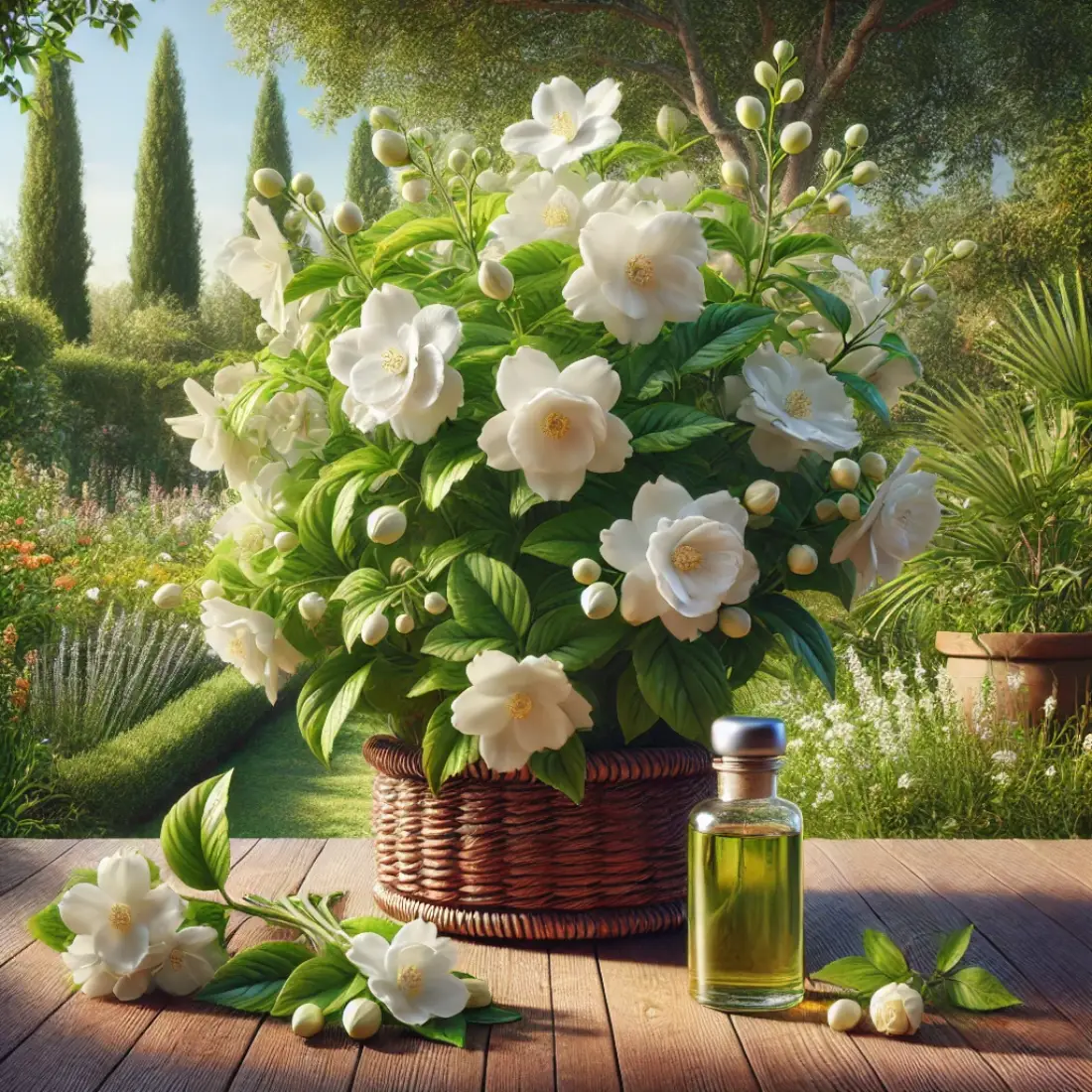
Winter Jasmine (Jasminum nudiflorum): Unique for its ability to bloom in winter, this variety produces bright yellow flowers on bare stems, adding a splash of color to the garden during the colder months. Unlike other jasmines, winter jasmine is a non-fragrant species. It is a hardy, deciduous shrub that can be trained to climb or allowed to spread as ground cover. It grows best in full sun to partial shade and well-drained soil.
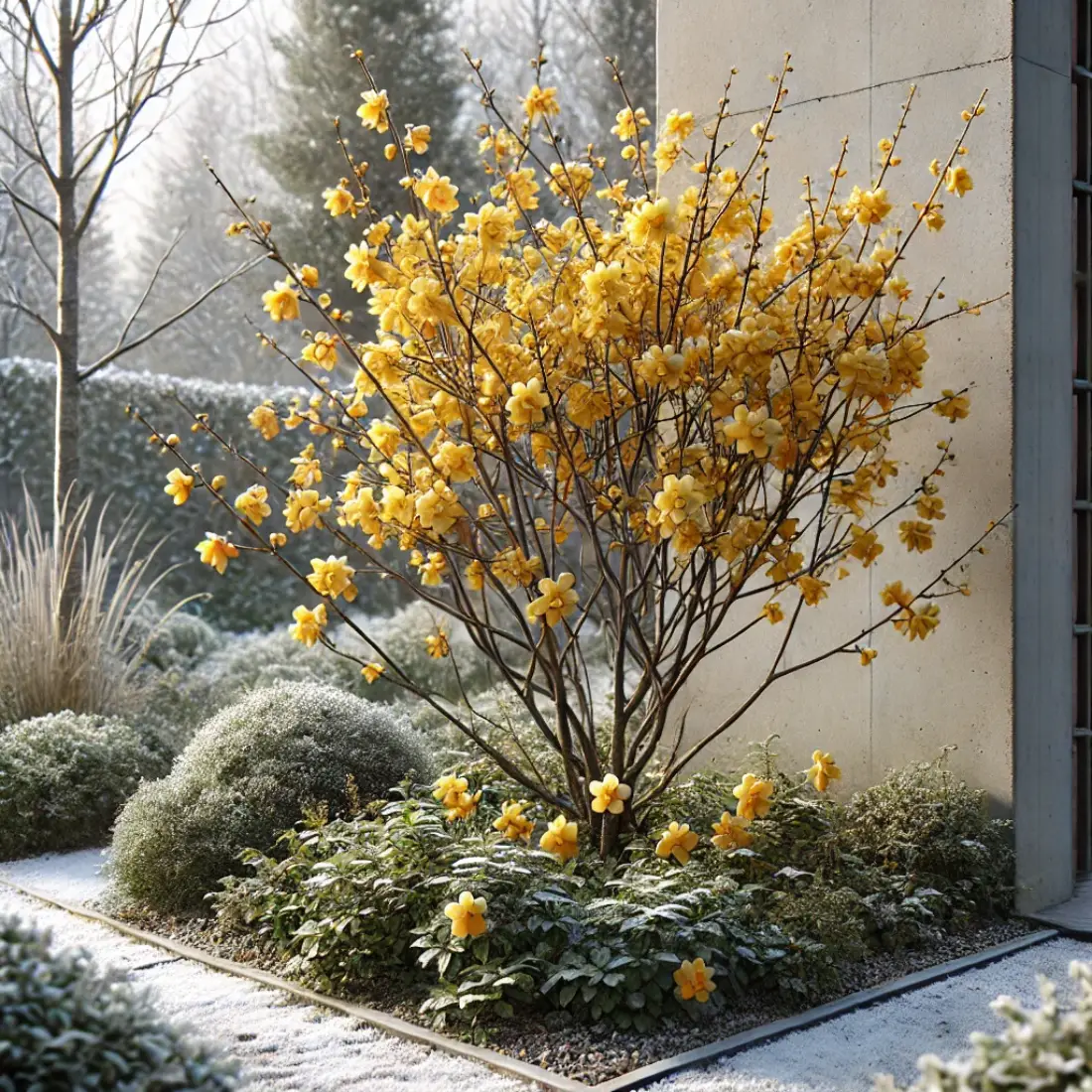
Italian Jasmine (Jasminum humile): Known for its bright yellow flowers and pleasant fragrance, Italian jasmine is a hardy, evergreen shrub or climber. It blooms from late spring to early summer and is perfect for hedges, borders, or trellises. This variety prefers full sun and well-drained soil, tolerating a range of soil types.
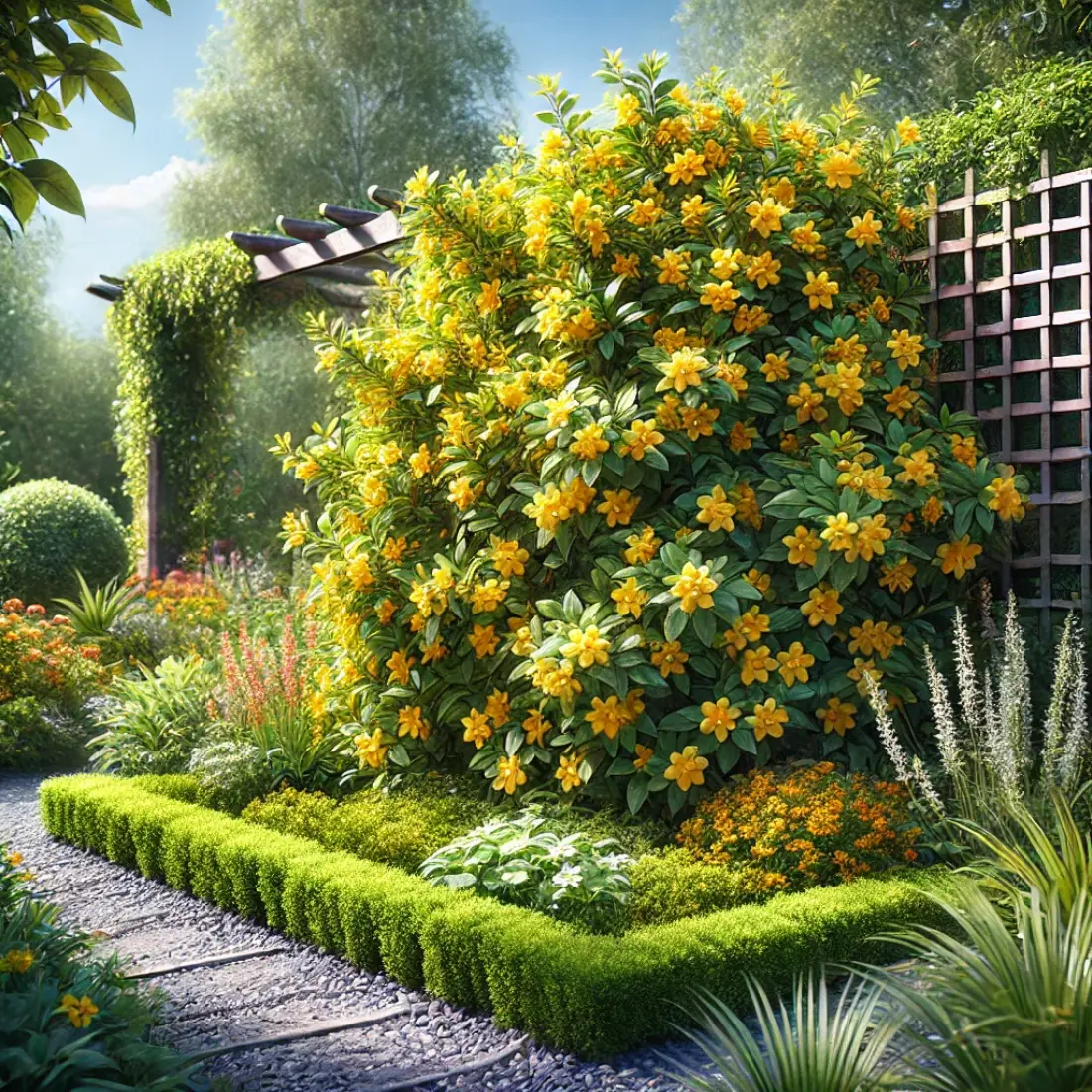
Growing Jasmine
Choosing the Right Jasmine Variety
Selecting the right jasmine variety depends on your climate and growing conditions. For warmer regions, Common Jasmine (Jasminum officinale) and Arabian Jasmine (Jasminum sambac) are ideal due to their preference for warm, sunny environments. Winter Jasmine (Jasminum nudiflorum), with its hardiness and winter blooms, suits cooler climates. Spanish Jasmine (Jasminum grandiflorum) and Italian Jasmine (Jasminum humile) can adapt to various conditions but thrive best in full sun with well-drained soil.
Ideal Growing Conditions
Jasmine thrives in well-drained soil rich in organic matter. Soil should be slightly acidic to neutral, with a pH between 6.0 and 7.0. Sunlight is crucial, most jasmine varieties need full sun to partial shade.
Ideally, jasmine should receive at least 4-6 hours of direct sunlight daily. Temperature and humidity requirements vary: tropical varieties like Arabian jasmine need warm, humid conditions, while winter jasmine can tolerate cooler temperatures. Ensure good air circulation to prevent fungal diseases.
Planting Jasmine
When to plant jasmine depends on your climate. In warmer areas, plant in the spring or fall; in cooler climates, plant in the spring after the last frost.
How to plant jasmine: Start by digging a hole twice the size of the root ball.
Mix compost into the soil to enhance fertility and drainage. Place the plant in the hole, ensuring the root ball is level with the soil surface. Fill the hole with soil, water thoroughly, and add mulch to retain moisture. For container planting, choose a large pot with drainage holes and use a high-quality potting mix.
Watering Jasmine
Watering jasmine properly is essential for healthy growth. Keep the soil consistently moist but not waterlogged. Water the plant deeply once or twice a week, depending on the weather and soil conditions. During hot, dry periods, increase watering frequency.
Signs of overwatering include yellow leaves and root rot, while underwatering results in dry, crispy leaves. In winter, reduce watering for outdoor plants, ensuring the soil is dry before watering again. Indoor jasmine plants may require more frequent watering due to drier indoor air.
Fertilizing Jasmine
Fertilize jasmine during the growing season to promote healthy foliage and abundant blooms. Use organic fertilizers to enrich the soil naturally and sustainably.
Compost tea is an excellent choice, providing a balanced mix of nutrients. To make compost tea, steep well-decomposed compost in water for 24-48 hours, then strain and apply it to the soil around your jasmine plant every 4-6 weeks from spring to early autumn.
Fish emulsion is another effective organic fertilizer, rich in nitrogen, phosphorus, and potassium. Dilute fish emulsion according to the manufacturer’s instructions and apply it to the soil monthly during the growing season.
Bone meal can also be used to boost phosphorus levels, essential for flowering. Apply bone meal to the soil in early spring and mix it in well.
Seaweed extract provides a broad spectrum of trace minerals and growth hormones, promoting overall plant health. Dilute and apply seaweed extract every 4-6 weeks. Avoid over-fertilizing, which can lead to excessive leaf growth and reduced flowering.
Always follow the manufacturer’s instructions for the correct dosage, ensuring your jasmine receives the right balance of nutrients for optimal growth.
Pruning and Training Jasmine
Pruning is vital for maintaining the shape and health of your jasmine plant. Prune after flowering to remove dead or diseased branches and to encourage new growth. For climbing varieties, train jasmine on trellises or arbors by gently tying young stems to supports.
Regular pruning prevents the plant from becoming leggy and promotes denser foliage. For bush varieties, trim to maintain a compact shape.
Dealing with Pests and Diseases
Common pests affecting jasmine include aphids, spider mites, and whiteflies. Regularly inspect your plants and use insecticidal soap or neem oil to control infestations.
Fungal diseases such as powdery mildew and root rot can occur in humid conditions or poorly drained soil. Improve air circulation and avoid overhead watering to prevent fungal issues. Remove and destroy affected plant parts to prevent the spread of disease.
Growing Jasmine Indoors
Growing jasmine indoors allows you to enjoy its delightful fragrance and beautiful blooms year-round. Start by selecting the right variety, such as Arabian Jasmine (Jasminum sambac) or Common Jasmine (Jasminum officinale), which are well-suited for indoor environments.
Choose a large pot with drainage holes and fill it with a high-quality potting mix that retains moisture while providing good drainage.
Place the pot in a location that receives bright, indirect sunlight for at least 4-6 hours a day. A south-facing window is ideal, but you can supplement with grow lights if natural light is insufficient.
Watering is crucial for indoor jasmine. Keep the soil consistently moist but not soggy. Water the plant thoroughly when the top inch of soil feels dry. During winter, reduce watering frequency, allowing the soil to dry slightly between waterings.
Humidity is also important for jasmine. Increase humidity by misting the plant regularly, placing a humidity tray nearby, or using a humidifier. Indoor air can be dry, especially in winter, so maintaining adequate humidity helps keep the plant healthy.
Fertilize your indoor jasmine every 4-6 weeks during the growing season with an organic fertilizer like compost tea or fish emulsion. Prune regularly to maintain the plant’s shape and encourage new growth. With proper care, your indoor jasmine will thrive, filling your home with its enchanting fragrance.
Overwintering Jasmine
Overwintering jasmine is crucial for protecting your plant from frost and cold temperatures. For outdoor jasmine, begin by reducing watering in late fall to help the plant prepare for dormancy. Apply a thick layer of mulch around the base to insulate the roots and retain moisture.
If you live in a region with harsh winters, consider moving potted jasmine indoors. Place the plant in a cool, bright location, such as a sunroom or a south-facing window. Ensure it gets at least 4-6 hours of sunlight daily, or supplement with grow lights.
For outdoor plants that can’t be moved, cover them with burlap or frost cloth during extreme cold spells. Secure the covering to prevent wind damage. Prune back any dead or damaged branches in early spring before new growth begins. With these steps, your jasmine will survive the winter and flourish in the next growing season.
FAQs about Growing Jasmine
How often should I water jasmine?
Water jasmine deeply once or twice a week, ensuring the soil remains consistently moist but not waterlogged. Adjust frequency based on weather conditions and soil type. In hotter climates, you may need to water more frequently.
Can jasmine grow in partial shade?
Yes, jasmine can grow in partial shade, but it thrives best in full sun. Aim for at least 4-6 hours of direct sunlight daily to ensure healthy growth and abundant blooms.
What type of soil is best for jasmine?
Jasmine prefers well-draining soil rich in organic matter. A slightly acidic to neutral pH (6.0-7.0) is ideal. Amend the soil with compost or aged manure to improve fertility and drainage.
How do I propagate jasmine?
Jasmine can be propagated through cuttings, layering, or seeds. The most common method is taking semi-hardwood cuttings in late spring or early summer. Dip the cuttings in rooting hormone and plant them in a well-draining potting mix.
What are common jasmine pests and how to treat them?
Common pests include aphids, spider mites, and whiteflies. Treat infestations with insecticidal soap or neem oil. Regularly inspect your plants and maintain good air circulation to prevent pest issues.
How do I prune jasmine properly?
Prune jasmine after flowering to remove dead or diseased branches and to shape the plant. For climbing varieties, trim back overgrown stems and train new growth on supports. Regular pruning encourages denser foliage and more blooms.
Can jasmine be grown indoors?
Yes, jasmine can be grown indoors. Choose a variety suitable for indoor conditions, such as Arabian jasmine. Provide bright, indirect sunlight, maintain consistent moisture, and increase humidity to keep the plant healthy.
How do I fertilize jasmine organically?
Use organic fertilizers like compost tea, fish emulsion, or bone meal. Apply compost tea or fish emulsion every 4-6 weeks during the growing season. Use bone meal in early spring to boost phosphorus levels for flowering.
How do I protect jasmine from frost?
For outdoor jasmine, apply a thick layer of mulch around the base to insulate the roots. Cover the plant with burlap or frost cloth during extreme cold spells. Move potted jasmine indoors to a cool, bright location.
Why is my jasmine not blooming?
Jasmine may not bloom due to insufficient sunlight, improper pruning, or nutrient deficiencies. Ensure the plant receives at least 4-6 hours of direct sunlight daily, prune regularly to promote new growth, and fertilize with a balanced or bloom-boosting fertilizer.

